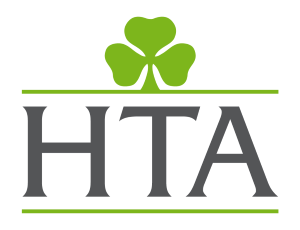
The way you manage your garden over the next few weeks can not only help to attract friendly wildlife throughout the year, but can also help some garden birds survive the Winter, such as those visiting from Northern or Eastern Europe.
Meteorological Winter officially arrived this week and with it some fairly wild weather. As has been the pattern in recent years, seasonal change was abrupt. Temperatures crashed and storm Arwen blew most of the remaining leaves from the trees. Almost overnight, grass and plant growth stopped and the natural world dug in for dormancy.
Big storms like Arwen often bring rarities and oddities with them, dolphins and seals swim up rivers and birds blow spectacularly off course. This week, one of Britain’s rarest seabirds, a Little Auk turned up on an Oxfordshire reservoir.
Storms also hasten the arrival of our more regular visitors such as winter visiting garden birds. Arwen came from the North and probably drove hundreds of thousands of birds into the country from Scandinavia and Russia. This week, driving around the countryside, you are guaranteed to see members of the Thrush family that have made the journey South and West to escape the severe winter conditions in the North and East of Europe to spend the winter with us in much milder Britain.

Fieldfare 
Redwing
Blackbirds, Mistle Thrushes and some Song Thrushes come here and add to the resident population. In addition, up to a million of each of our more colourful Thrushes arrive to spend the winter with us. Look out for the steel blue-grey of a Fieldfare with his light grey and black tail flitting into a hedge and look up if you hear a high, thin fluting call from a rambling flock of medium sized birds some flashing an orange red armpit; Redwings.
Although they appear to be fairly common here, globally, both species, particularly the Redwing, rely very heavily on the food and shelter this country provides for their survival. A large element of this is from gardens, and you can help.
The British Trust for Ornithology (BTO) conducted a major survey over the winters of 2012 and ‘13 and found that Thrushes feed mainly in trees and shrubs until Christmas, and then on the ground for the rest of the winter. They also eat berries and fruits in order, with the most toxic berries being left until last or consumed in small numbers at a time. The trees and shrubs in your garden such as Roses (hips), Rowan and other Sorbus and Viburnums will be first, followed by Pyracantha, Berberis, Juniper and Mahonia with Holly, Ivy and Yew last. Then they progress onto fallen fruit (if there is any left) and soil invertebrates.
How you can help your garden birds
The most important way to help birds, particularly Thrushes, in the winter is to provide natural food from trees and shrubs in your garden.
All fruiting trees and shrubs are valuable and of course are most valuable with as many fruits and berries as possible, available for the birds. Consider Euonymous Red Cascade, any Cornus, all Thorns and all Viburnum.
Hawthorn is probably the most valuable tree for wildlife bar none! And a Hawthorn based hedge also provides food, shelter and security for a huge range of animals and insects. All fruit trees from apples to plums, and everything in between, are valuable. Any imperfect fruit should be left on the ground.
Then, when it’s all gone and the branches are bare, consider a treat on the ground for Thrushes. Raspberries, Strawberries, Blackberries, dried fruit particularly sultanas (soaked in warm water first), chopped Apples and Pears, and you and your garden will be richer this winter.
Maintaining your gardens to attract and sustain birds is just one way you can help the wildlife in your garden. If you need help maintaining your garden get in touch.








